Non-Surgical Orthopedics – Fort Lauderdale, FL
Proven Results with
Non-Invasive Care
Non-surgical orthopedics has become an extremely popular field of medicine because it can help patients stop pain and recover from a wide variety of injuries without having to rely on medication or invasive procedures. At the Institute for Non-Surgical Orthopedics in Fort Lauderdale, FL, we combine tried and true techniques with the latest technology to provide our patients with the highest-quality and most personalized care possible. We’re ready to help you feel like yourself again, and to learn more about your options, give us a call today.
Why Choose the Institute
of Non-Surgical Orthopedics?
-
World-Class
Diagnostic
Ultrasound - Personalized, Hands-On Approach to Treatment
-
Gentle Methods
That Deliver
Lasting Results
Diagnostic Imaging
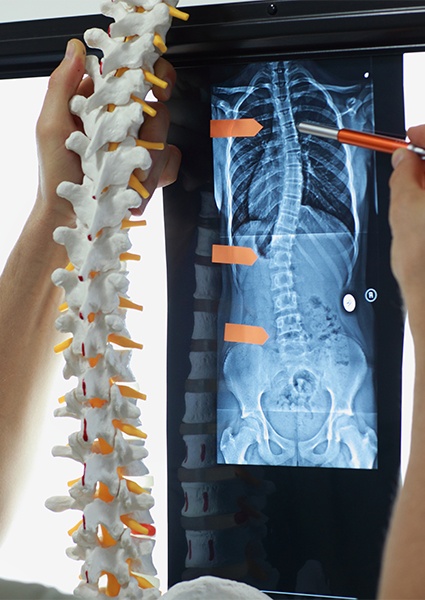
You can’t have an effective treatment without first getting a proper diagnosis. That’s why our team uses different types of diagnostic imaging, including x-ray, ultrasound imaging, MRI, etc...before recommending care. Musculoskeletal ultrasound allows us to see inside a joint while the body is moving, helping us identify the source of the problem more accurately. This, in turn, leads to more precise treatment and a better outcome for the patient.
Holistic Medical Options
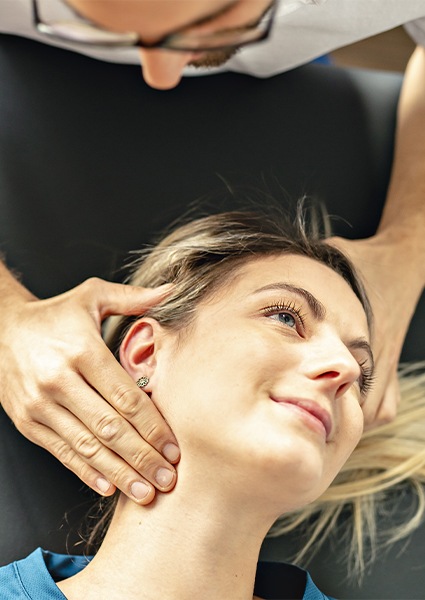
Holistic medicine involves providing treatment that considers the entire body, not just the area experiencing the problem. Our options include osteopathic manipulation and manual therapy, both of which are hands-on treatments that have been shown to offer immediate relief and speed up recovery. These methods help a patient improve their comfort and function without having to deal with the side-effects of medication or the expense/risks of surgery, leading to a better quality of life overall.
Low back and neck problems
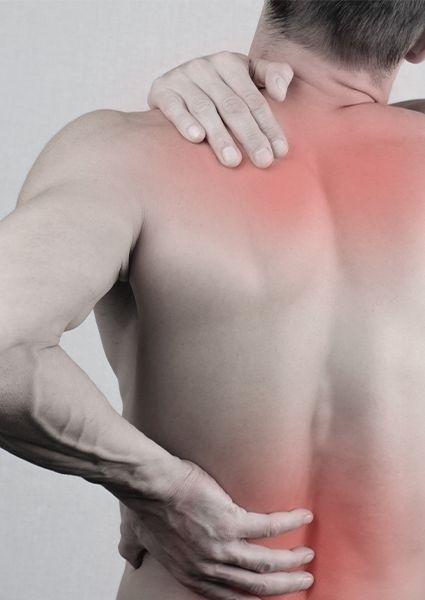
Millions of Americans suffer from back and neck pain, and it’s estimated that about 75-80% will experience some form of it at least once in their life. Right now, back pain is the leading cause of disability for people aged 45 and under. Here at the Institute for Non-Surgical Orthopedics, we have helped many patients finally overcome their back and neck pain by using our technology to find the root cause and treat it directly. We can also offer pain management to deliver immediate relief, enabling someone to feel better both today as well as in the future so they can move freely and feel healthy.
Non–cardiac chest wall pain
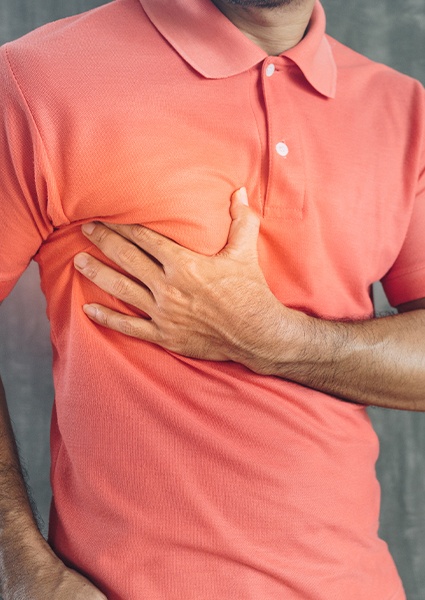
Discussing chest pain is almost always done in reference to cardiac issues, but sometimes people develop it due to a strained or injured chest wall. Treating this area of the body can be tricky given its proximity to vital organs such as the heart and lungs, but our use of diagnostic ultrasound enables our team to be extremely precise in both our diagnosis and treatment of this particular problem. We have a variety of techniques that can directly address chest wall pain that result in long-standing relief for patients.
Peri-natal pain issues
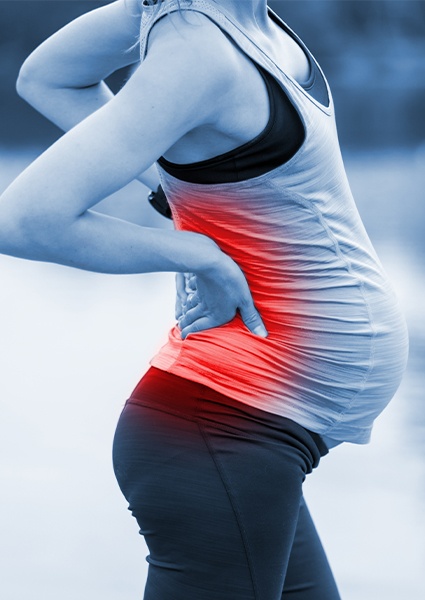
The period right before and after childbirth can be extremely taxing on a woman’s body, straining their back, knees, feet, and more. Becoming a parent is already a stressful experience, but we’re able to make things much easier by ensuring that musculoskeletal pain isn’t a factor. Because our approach is both drug and surgery-free, it’s perfect for expecting mothers, as our options are potent enough to deliver results while also being so gentle that the baby will be completely unaffected.
Headache Management
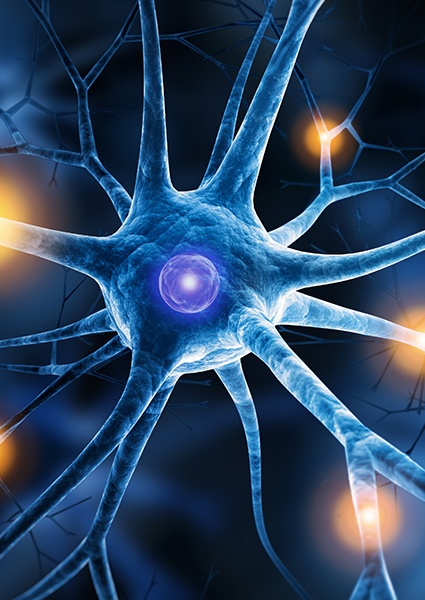
Do you start every day with a headache? Do you lose a few days every month because you are stuck in bed with a migraine? While most treatments just help manage the pain, our team’s goal will be to find what is causing your head pain and address it directly. Botox injections and cranial osteopathy can immediately relax strained head muscles, and then we can help a patient discover a treatment that will stop their headaches and migraines for good.
Percutaneous Tenotomy
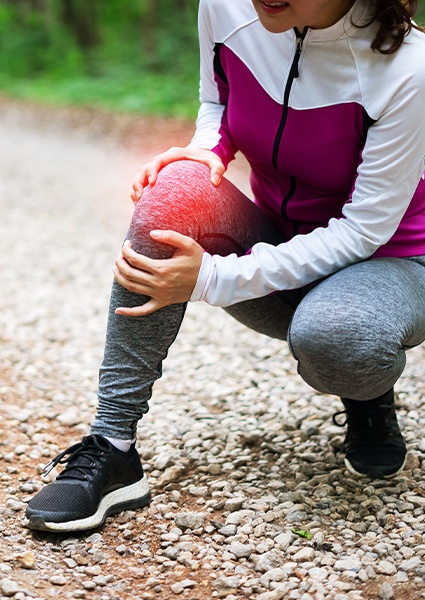
Percutaneous Tenotomy may sound like a mouthful, but the treatment itself is actually fairly simple. For patients experiencing chronic pain in a joint due to an injured tendon (which can lead to conditions like Tennis elbow or Golfer’s elbow), Percutaneous Tenotomy uses ultrasound to remove the damaged tissue that is causing the discomfort and dysfunction. It can be adjusted so that only the compromised tissue is removed while the healthy tissue remains untouched, leading to an abatement of pain and full recovery within two to six weeks.
Nerve Hydrodisection
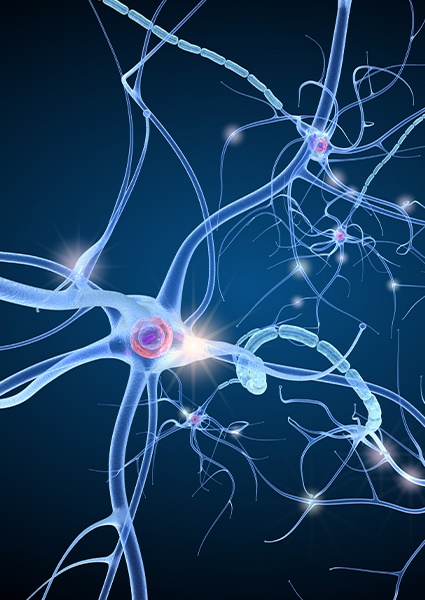
There are many nerves throughout the body that have to travel through small spaces in muscle tissue to reach their destination, and when these adjacent muscles become swollen or inflamed, this can place pressure on the nerve and cause severe pain, weakness, and numbness. Nerve hydrodissection involves injecting a fluid coating around the distressed nerve to essentially give it a protective barrier, relieving the compression so the pain goes away and the body functions normally.
Learn More About Nerve Hydrodisection
TMJ Problems
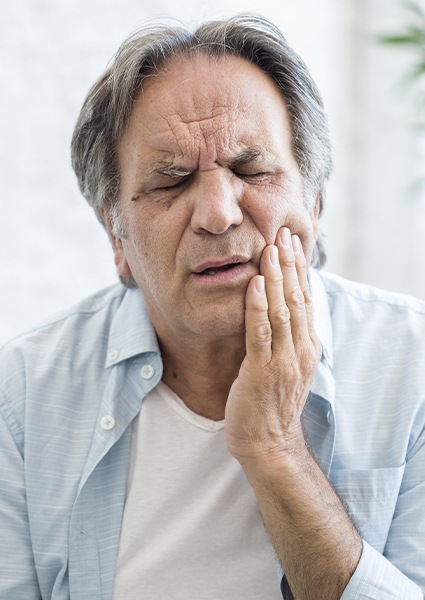
Your temporomandibular joint (TMJ) is what allows your lower jaw to move fluidly in all directions, and it is essential to your ability to chew and speak. Like other joints in the body, it can sometimes become strained, injured, or even develop arthritis, leading to persistent pain and stiffness that can radiate throughout the head and neck (it’s one of the most underdiagnosed causes of chronic migraines). We can provide immediate relief with cranialosteopathy, manual therapy and even Botox injections to calm tense jaw muscles and then work with a patient to stop any unpleasant symptoms from coming back.
Learn More About TMJ Treatment
Joint Injections
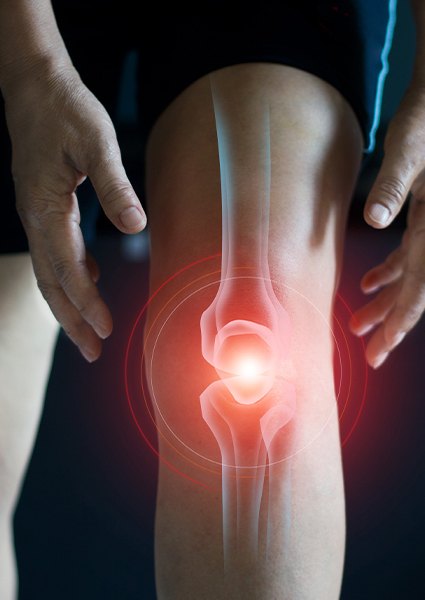
The Institute for Non-Surgical Orthopedics offers a range of interventional injections that can be used to stop joint pain, speed up the healing process, and enable a person to move like they used to. And, we perform all of our injections using ultrasound guidance, which ensures that whatever therapeutic substance we’re using (whether it be cortisone prolotherapy, PRP, or Whartons Jellytic growth factors) is applied exactly where it is needed to maximize results.
Splinting, Strapping, Bracing
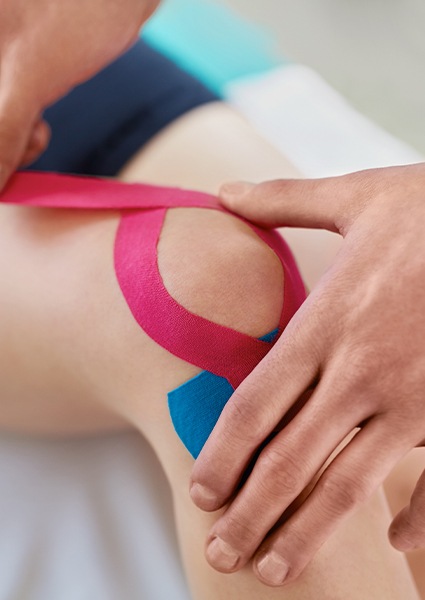
Splinting, strapping, and bracing aching muscles and joints are extremely conservative and traditional treatments, and the reason they are still around today is simple—they work! Our team may recommend them as a first-line treatment or can combine them with other therapies to speed up the healing process to help a patient experience less pain and better mobility right away.
Manual Therapy
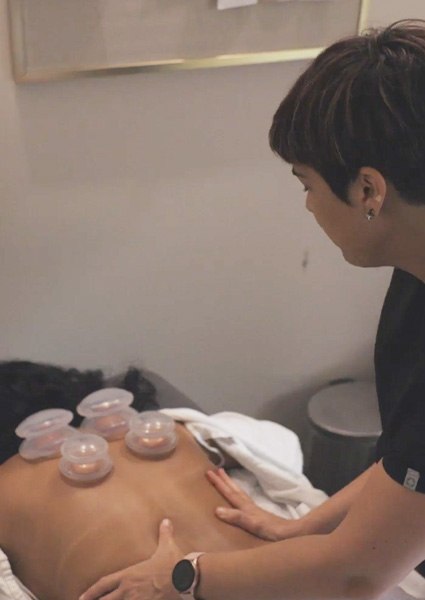
To the casual observer, Manual Therapy might look like a typical massage, but the goal isn’t for the treatment to simply provide relaxation. Rather, a physician or a therapist gently and methodically moves a part of a patient’s body in a way that stimulates blood flow that can speed up healing, and these motions can also counteract the signals from the brain that are causing pain. So, while a patient may feel looser and more relaxed after a session, much more has been accomplished!
Types of Manual Therapy include:
- Craniosacral Therapy
- Soma Therapy
- Structural Integration
- Deep tissue massage
- Neuromuscular Massage
- Sports Massage
Physical Therapy
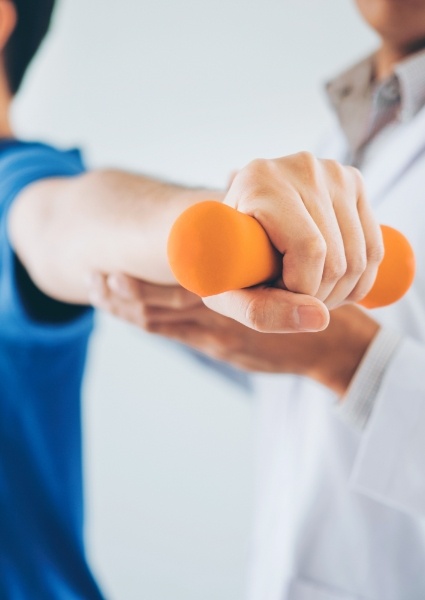
Physical Therapy can help the body recover after an injury and offers a non-invasive option for patients dealing with many types of pain. This approach may involve the patient being asked to push against a doctor’s hand to strengthen weakened muscles, ease tension, or deliver a therapeutic stretch. These techniques will not only help with pain, but they will improve someone’s function as well, reducing stiffness and tension while allowing for a greater range of motion.
Therapeutic modalities include:
- Heat
- Ultrasound
- Electrical Stimulation
- Traction
- Exercise Prescriptions
- Strengthening exercises
- Progressive resistance
- Eccentric, Kinetic strengthening
- Closed Chain Kinetic exercises









